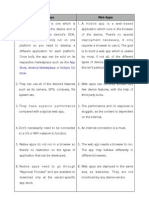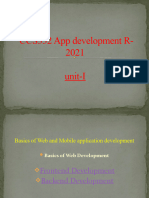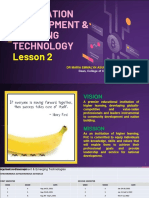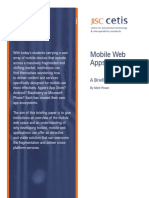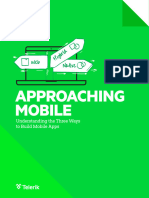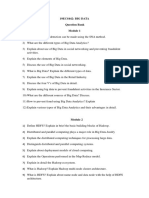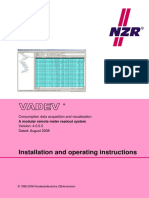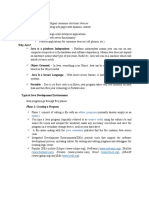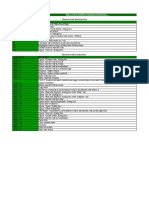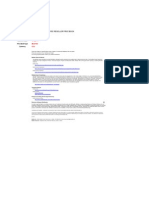0% found this document useful (0 votes)
18 views3 pagesMobile Computing Lecture 14
Web Applications are software that run on web servers and are accessed via mobile browsers, eliminating the need for installation. They offer advantages like cross-platform compatibility and easy maintenance but require an internet connection and may have slower performance compared to native apps. Technologies used to build them include HTML, CSS, JavaScript, and various frameworks.
Uploaded by
bella.shine7799Copyright
© © All Rights Reserved
We take content rights seriously. If you suspect this is your content, claim it here.
Available Formats
Download as PDF, TXT or read online on Scribd
0% found this document useful (0 votes)
18 views3 pagesMobile Computing Lecture 14
Web Applications are software that run on web servers and are accessed via mobile browsers, eliminating the need for installation. They offer advantages like cross-platform compatibility and easy maintenance but require an internet connection and may have slower performance compared to native apps. Technologies used to build them include HTML, CSS, JavaScript, and various frameworks.
Uploaded by
bella.shine7799Copyright
© © All Rights Reserved
We take content rights seriously. If you suspect this is your content, claim it here.
Available Formats
Download as PDF, TXT or read online on Scribd
/ 3








